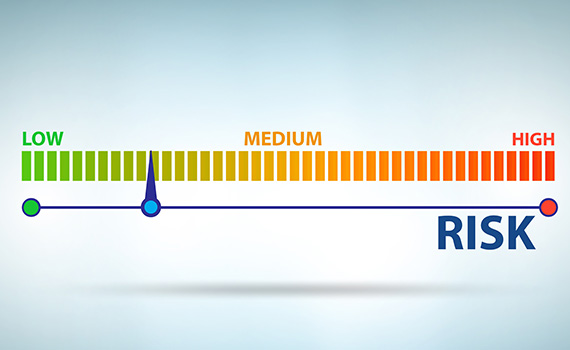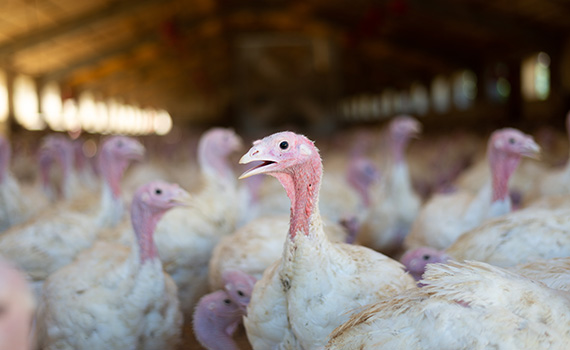SFS program helping to identify best practices for HPAI risk assessments

The University of Minnesota’s Secure Food Systems (SFS) team develops and publishes science-based risk assessments (RA) for the movement of poultry products from monitored (uninfected) premises in control areas during highly pathogenic avian influenza (HPAI) outbreaks.
Early RAs addressed low-risk movements, such as table-egg layer products, and gradually incorporated higher risk movements, such as live birds, to market, explained Michelle Leonard, a member of the SFS team.
“Risk assessments are based on current industry standard practices, with the addition of enhanced, targeted biosecurity mitigations and testing protocols, which provide guidance for attaining the lowest possible risk during a move,” she said during a presentation at the North Central Avian Disease Conference.
The newest RAs, developed by a novel cross-commodity workgroup (CCWG) composed of broiler breeder, turkey- and layer-industry experts, as well as state, federal and academic partners, tackle the highest consequence movements: the transfer of birds to other premises for continued live production.
“These moves are often seen as too high stakes to even consider because, even when the risk that birds are infected is low, the consequences of unintentionally moving infected but undetected birds to another poultry site is high,” Leonard said.
“However, delaying or canceling a bird movement creates welfare and economic issues that threaten business continuity as much as the outbreak itself,” she continued.
“To lower the risk and uncertainty for these movements, the SFS team suggests basing RAs on best practices instead of industry standards.”
Establishing a baseline
In this new approach, standard practices used during non-outbreak times become the baseline for best-practice development, Leonard explained. Since not all farms can meet all best-practice recommendations analyzed in the RAs, these farms assume additional risks and consequences.
“The RA process provides transparency of how practices and mitigations impact risk, allowing regulators and industry to better understand risk and potential consequences,” Leonard said.
According to Leonard, the CCWG, as well as comprehensive industry surveys on movement practices and logistics, have defined current industry standards and HPAI-outbreak needs.
“The data show that each commodity has unique attributes that lower risk for bird-transfer movements,” she explained.
For example, the broiler breeder industry has small farms with all-in, all-out movements; the turkey industry uses company crews and farm staff for movements that allow for traceability and dedication of equipment and people; and the layer industry, although relying heavily on external crews and equipment, has well-established relationships with their allied partners that facilitate communication and compliance.
“Unfortunately, each industry also faces unique obstacles to lowering risk,” she added. “Feasible and scientifically sound best practices can mitigate or even eliminate these obstacles, bringing risk into a more palatable range for permitters, other states and poultry-industry stakeholders for these high-consequence movements.”
Posted on November 30, 2022
 We’re glad you’re enjoying
We’re glad you’re enjoying














